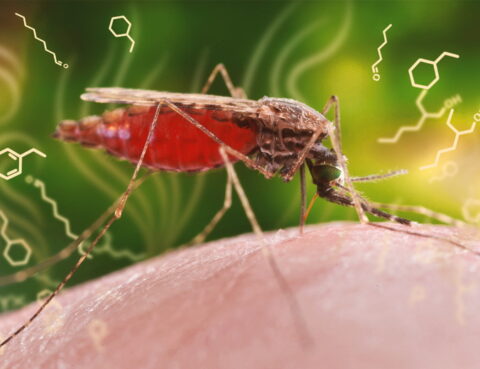
Prevention of tropical infectious and parasitic diseases for persons traveling on vacation and on business trips to countries with tropical and subtropical climates One of the threats that tourists on vacation are exposed to is infectious and parasitic diseases. In the countries of Europe, Asia, Africa, the Caribbean, and Oceania with an equatorial-tropical climate, infectious…

What is dysentery? Dysentery is an infectious disease characterized by damage to the large intestine and manifested by intoxication and loose stools. For dysentery, an acute course is typical; in rare cases, the disease takes on a protracted and chronic course. Sources of the causative agent of dysentery are: sick person; a bacteria carrier that…
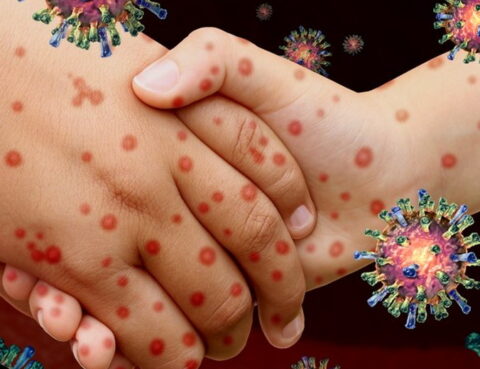
Enterovirus infection is a group of acute infectious diseases caused by intestinal viruses (enteroviruses). This infection is characterized by a fairly acute onset, fever and a wide variety of clinical symptoms caused by damage to the gastrointestinal tract, cardiovascular, nervous and muscular systems, as well as the lungs, liver, kidneys and other organs. Enteroviral infection…

What is HIV infection? HIV infection is an infectious disease caused by the human immunodeficiency virus (HIV). HIV attacks the human immune system, causing various diseases to develop. AIDS – acquired immunodeficiency syndrome – is the last stage of HIV infection. HIV is transmitted: during sexual contact with an infected partner; when using non-disinfected syringes…
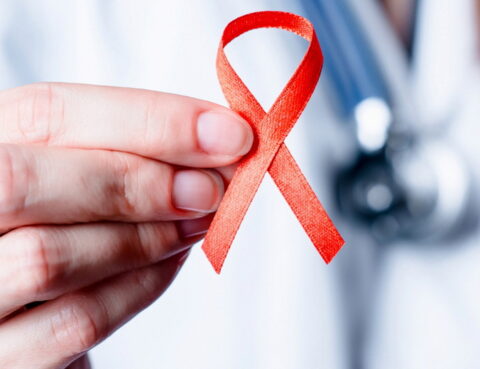
The spread of HIV infection poses a real threat to public health and requires a serious and reasonable approach to this problem. Many people believe that only representatives of certain social groups (drug addicts, prostitutes, homosexuals) can become infected with HIV, and this disease is not dangerous for an ordinary person. When the number of…

As you can see from life, drug addiction is a slow path to death. In a person addicted to drugs, almost all vital systems of the body suffer. He loses his physical health, his perception of the world is distorted, his psyche is deformed, and he loses his ability to work. However, that’s not all….
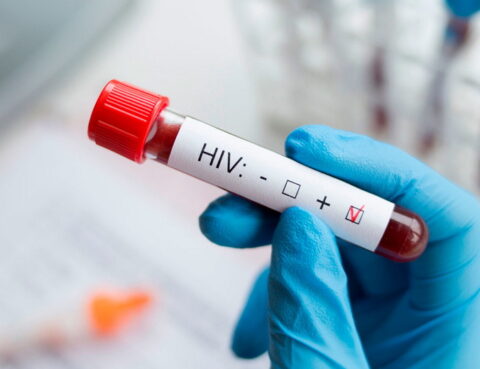
HIV infection – what does it mean? …that you have HIV, the human immunodeficiency virus, in your blood. As a rule, a person feels healthy for several years after infection. However, the virus is capable of gradually destroying the body’s immune system, leading to various diseases. The last stage of HIV infection is called AIDS….
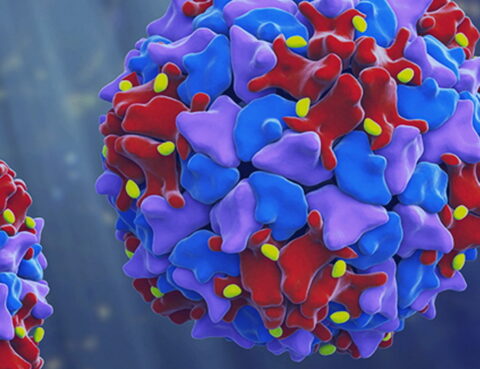
Polio Poliomyelitis is a viral infectious disease that affects the nervous system and causes complete paralysis. The virus enters the body through the mouth and multiplies in the intestines. Initial symptoms are fever, fatigue, headache, nausea, stiff neck and pain in the extremities. One in 200 infections results in permanent paralysis (usually of the legs)….
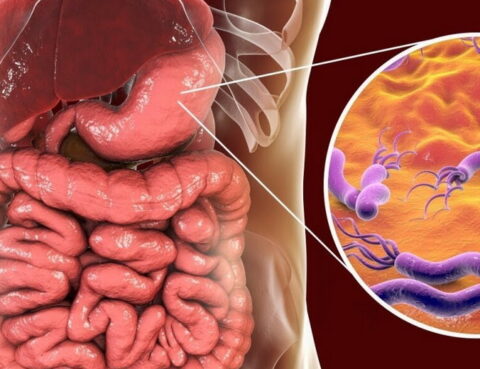
The causative agents of intestinal infections and viral hepatitis A and E enter the human body through the mouth with contaminated food, water, or with dirty hands. From the body of a sick person into the external environment, these microbes are released with feces, urine, saliva, vomit and can survive for a long time on…

Acute respiratory infections (ARI) Acute respiratory infections are diseases that are transmitted by airborne droplets and are caused by various pathogens: viruses (adenoviruses, influenza viruses, parainfluenza, respiratory sentinel viruses and others) and bacteria (streptococci, staphylococci, pneumococci and others). Basically, pathogens of acute respiratory infections are transmitted from person to person through coughing or sneezing of…
